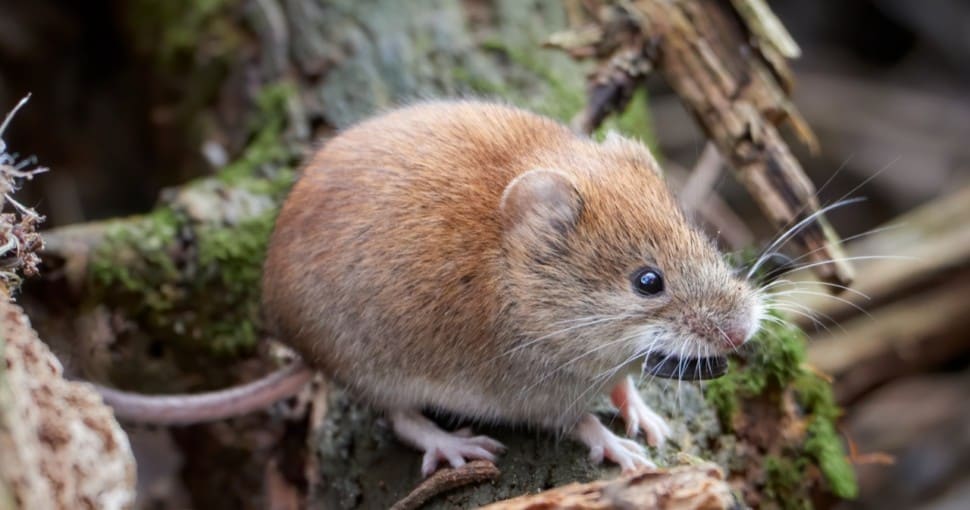Voles are troublesome little critters that can demolish a garden rather quickly, tunneling under your plants to feast on roots, stems, and chewing on your foliage. One method to curb the damage wrought by voles is to plant vole-resistant plants appropriately in your garden.
Contents
Voles are small mouse-like rodents that eat plants and roots, among other things. One way to combat voles is by planting vole-resistant plants. The following are some of those plants:
The following article will discuss some vole-resistant plants that you can plant in your garden to prevent vole destruction.
1. Lenten Rose (Helleborus orientalis)
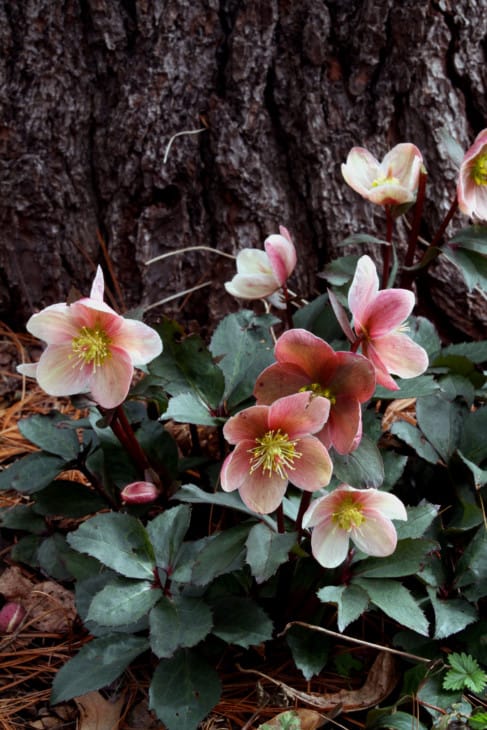
Hellebores are evergreen perennial plants native to Europe. They produce multicolored flowers in late winter to early spring. Growing 18 – 24 inches tall and 18 inches wide, these plants prefer hardiness zones 4 – 9.
Hellebore is toxic to both humans and animals, and because of this, they are resistant to all animals, including voles. If a vole happened to take a bite out of one, they would succumb to its toxins. Not only are hellebores vole resistant, but they are an excellent addition to any garden.
Plant them in front of larger plants or along pathways to fully benefit from their year-round pretty foliage. Remember that these plants are toxic to humans, so make sure you are wearing gloves and taking safety precautions when handling them.
2. Daffodils (Narcissus Spp.)
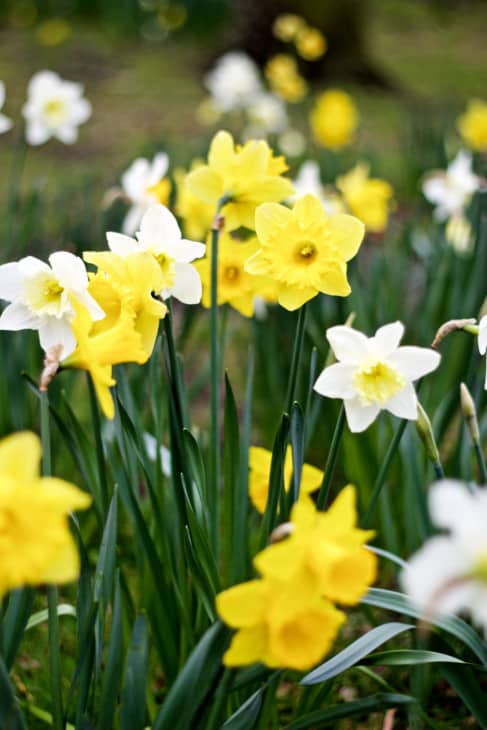
Daffodils are some of the most common bulbs that are grown. They are spring flowering plants and are a beautiful accompaniment to any garden. Native to North Africa and Europe, these perennials mature 6 – 30 inches tall, 6 – 12 inches wide, and prefer hardiness zones 4 – 8.
Daffodils produce white, yellow, orange, pink, and red flowers in the spring. There are over 40 different species of daffodils, and all of them are mole and vole resistant. As well as being vole resistant, these plants are poisonous to cats and dogs.
You can plant daffodils in garden beds or lining pathways to benefit the most from their spectacular blooms.
3. Salvia (Salvia spp.)
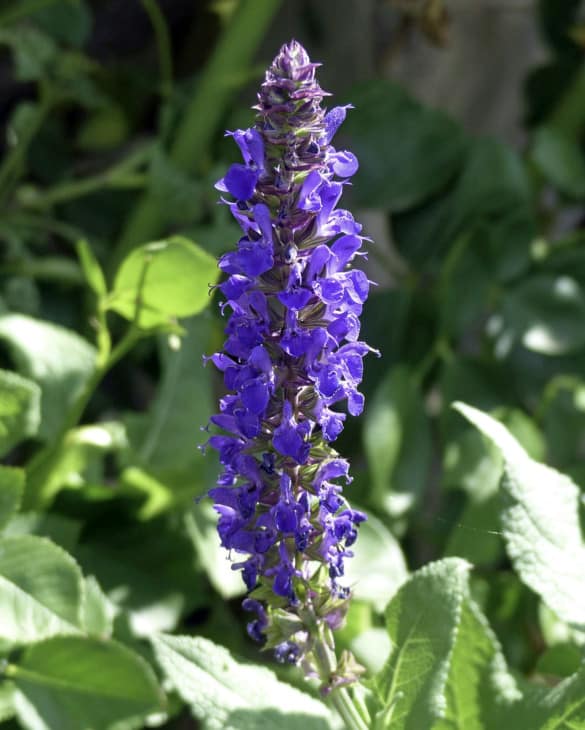
There are many different kinds of salvias, and you can get them as annuals and perennials. The different types will range in size and produce flowers ranging from red and blue to purple, pink, white, brown, green, and yellow. Perennial salvias prefer hardiness zones 4 – 8, but the annuals can be grown almost anywhere.
Salvias are a favorite for hummingbirds, but voles avoid them, this is because of their smell. The stench salvias give off deters voles from going near them.
Before deciding which salvia you will plant in your garden, make sure you do the proper research on the best species for your environment.
4. Grape Hyacinth (Muscari armeniacum)
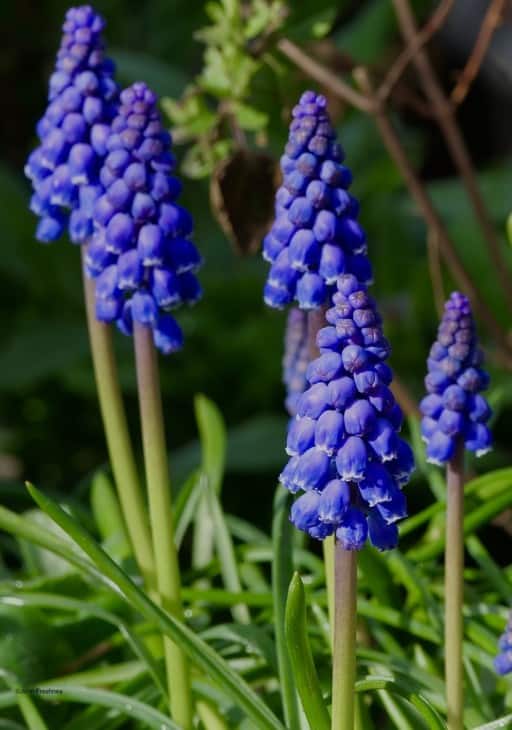
Grape hyacinths (are hyacinths poisonous?) are native to Asia. They are spring-flowering perennials that produce crystal blue flowers, and you can also get white, pink, lavender, and yellow flowering types. Growing 6 – 9 inches tall and 3 – 6 inches wide, these plants prefer hardiness zone 4 – 8.
Studies done at Cornell University showed that grape hyacinths kept voles away from their planted area. Other studies showed that if offered fresh or dried, voles would not readily eat grape hyacinths were not readily eaten by voles.
Grape hyacinths might be tiny in size, but they are lovely additions to a garden. These plants are unique in that they produce a spread of grass-like foliage in late summer or early fall, and this will remain, feeding the plant until it flowers in spring.
5. Crown Imperial (Fritillaria imperialis)
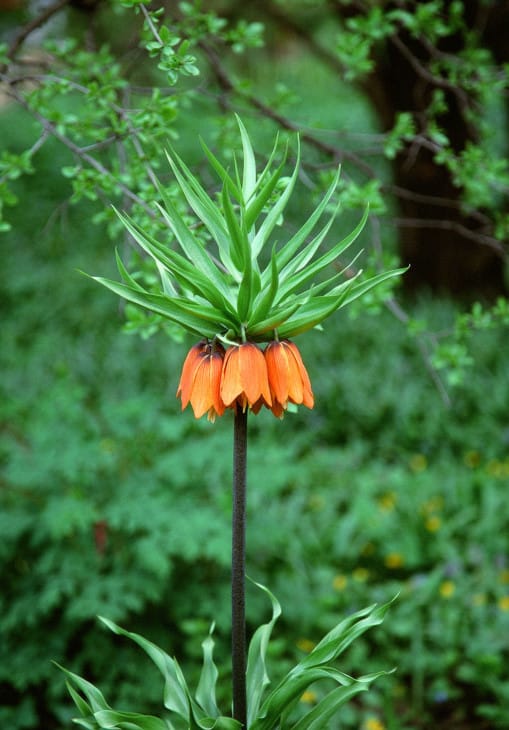
This lovely perennial bulb is native to the Middle East and Asia. Flowering mid-spring, it produces orange, red, and yellow pendant-shaped flowers. Growing 12 – 36 inches tall and 12 inches wide, this plant prefers hardiness zones 5 – 9.
In addition to its visual beauty, this plant produces a potent, musky scent likened to that of a skunk. This scent is a natural deterrent to voles and rodents, keeping them from your garden. The bulb is also toxic to humans and animals.
Before you decide to purchase this plant, you might want to take a whiff of a fully grown plant so you can have an idea of the smell they give off. If you decide it is worth it, you can plant these bulbs along borders or as a focal point in a flower bed.
6. Ornamental Allium (Allium spp.)
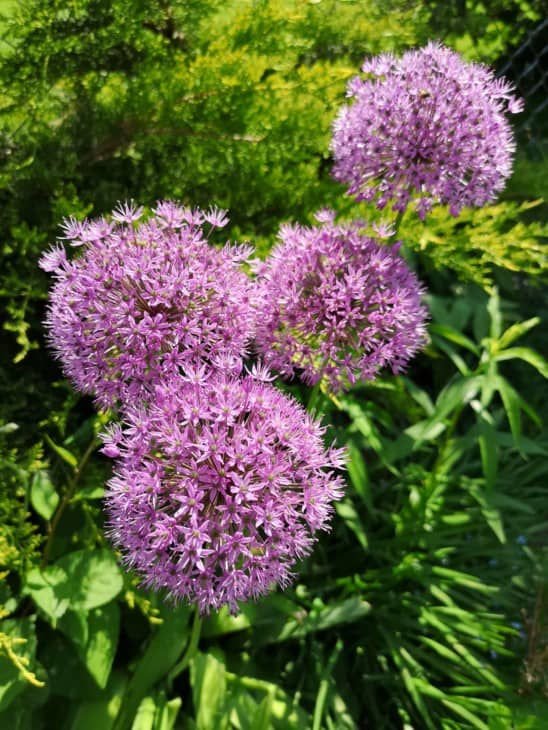
Ornamental alliums are cousins to the onion and native to the Middle East. They produce beautiful round flower heads, comprised of dozens of flowers in the shape of stars. Growing 12 – 48 inches tall and 3 – 10 inches wide, these plants prefer hardiness zones 4 – 10.
Their oniony aroma will keep the voles at bay, so planting them in garden beds will repel unwanted vole visitors. They are also known to deter many insects, including peach borers and the Japanese beetle. They are also mildly toxic to humans, but they are toxic to cats and dogs.
One of the significant drawbacks of this plant is that its leaves start to decline even before it has finished flowering. A suggestion would be to plant these plants behind a denser foliaged plant to hide the leaves while showing the flowers poking through the other plants.
7. Castor Bean (Ricinus communis)
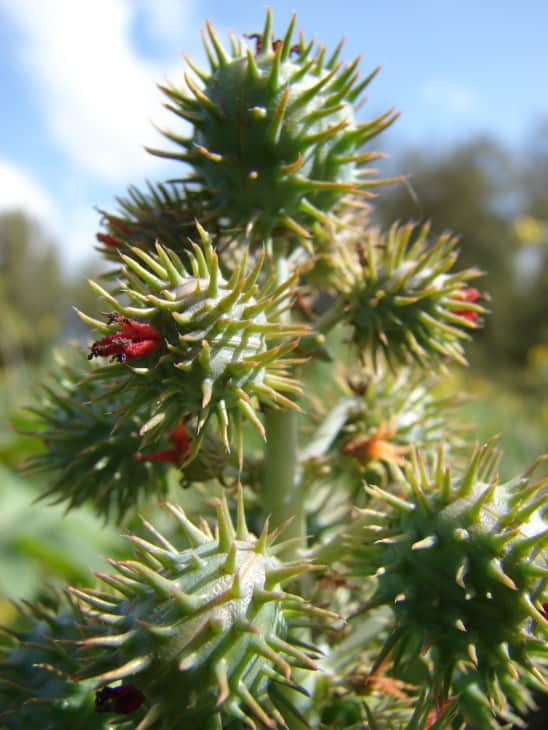
The castor bean is native to the Middle East and Africa. This plant is an herbaceous perennial that produces greenish-yellow flowers, star-shaped leaves, and red seeds. Growing 6 – 10 feet tall and 2 – 4 feet wide, this plant prefers hardiness zones 9 – 11.
Castor beans are highly toxic to both humans and animals alike. This plant is vole resistant as it usually kills any vole that tries to make a snack of it. It would be best to avoid planting this plant in your garden if you have any animals or small children at home.
Castor bean trees will grow to different heights depending on where they are grown. In tropical regions, records have them growing as high as 40 feet. The tree can grow from seed to 10 feet in one growing season, dying back with the frost in winter.
8. Italian Arum (Arum italicum)
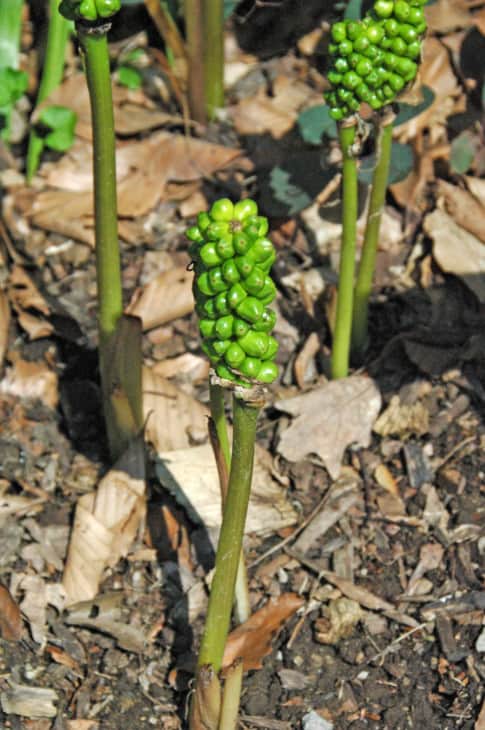
Italian arum is a herbaceous perennial and is native to Europe, Asia, and North Africa. It produces large greenish-yellow flowers that give way to spikes of bright red-orange berries in the summer. Growing 12 – 18 inches tall and the same wide, this perennial prefers hardiness zones 5 – 9.
Italian arum is highly toxic to both animals and humans and is resistant to damage from voles, in most part due to its toxicity.
Often used as garden borders or as house or container plants, this plant is considered an invasive species in the mid-Atlantic United States and the west coast. Before planting this plant in your garden, make sure they are not invasive to your area.

